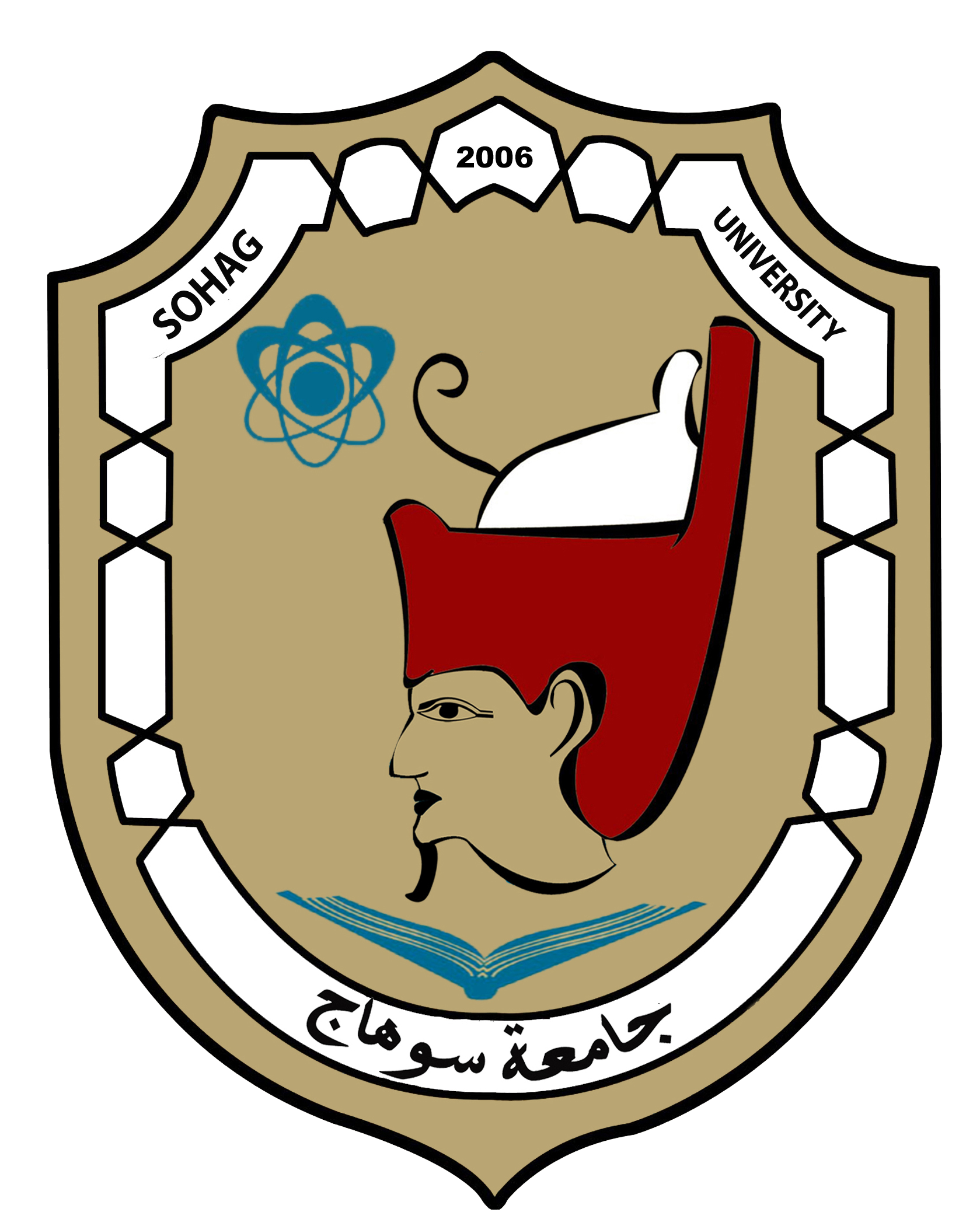Subscribe to the gold package and get unlimited access to Shamra Academy
Register a new userDiffractive structure function F_L^D from fits with higher twist
426
0
0.0
(
0
)
Ask ChatGPT about the research

No Arabic abstract
We make predictions for the diffractive longitudinal structure function F_L^D to be measured at HERA, based on DGLAP fits of diffractive parton distributions with twist--4 contribution. This contribution describes diffractive qqbar production from longitudinal photons and significantly changes predictions for F_L^D obtained in pure DGLAP analyses.
rate research
Read More
We determine diffractive parton distributions of the proton from DGLAP based fits to HERA data including the twist--4 contribution from longitudinal polarized virtual photons, which is known to be important in the region of large beta. The biggest impact of this contribution is on the diffractive gluon distribution and on the diffractive longitudinal structure function to be determined from HERA data.
Diffractive parton distributions of the proton are determined from fits to diffractive data from HERA. In addition to the twist--2 contribution, the twist--4 contribution from longitudinally polarised virtual photons is considered, which is important in the region of small diffractive masses. A new prediction for the longitudinal diffractive structure function is presented which differs significantly from that obtained in the pure twist--2 analyses.
We perform a global analysis of all available spin-dependent proton structure function data, covering a large range of Q^2, 1 < Q^2 < 30 GeV^2, and calculate the lowest moment of the g_1 structure function as a function of Q^2. From the Q^2 dependence of the lowest moment we extract matrix elements of twist-4 operators, and determine the color electric and magnetic polarizabilities of the proton to be chi_E = 0.026 +- 0.015 (stat) + 0.021/-0.024 (sys) and chi_B = -0.013 -+ 0.007 (stat) - 0.010/+0.012 (sys), respectively.
A new method of extracting diffractive parton distributions is presented which avoids the use of Regge theory ansatz and is in much closer relation with the factorisation theorem for diffractive hard processes.
We consider the effect of higher twist operators of the Wilson operator product expansion in the structure function $F_{2}(x,Q^{2})$ at small-$x$, taking into account QCD effective charges whose infrared behavior is constrained by a dynamical mass scale. The higher twist corrections are obtained from the renormalon formalism. Our analysis is performed within the conventional framework of next-to-leading order, with the factorization and renormalization scales chosen to be $Q^{2}$. The infrared properties of QCD are treated in the context of the generalized double-asymptotic-scaling approximation. We show that the corrections to $F_{2}$ associated with twist-four and twist-six are both necessary and sufficient for a good description of the deep infrared experimental data.
Log in to be able to interact and post comments
comments
Fetching comments


Sign in to be able to follow your search criteria


